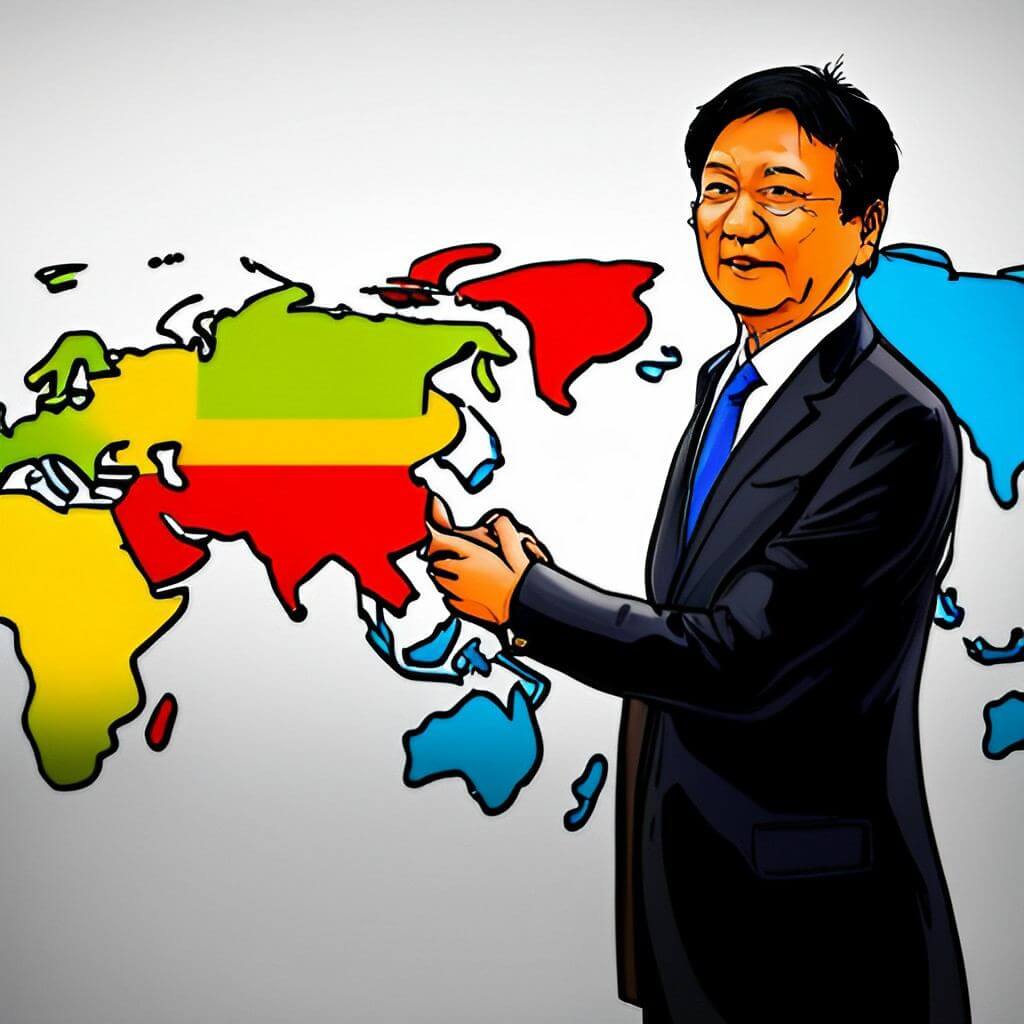Artificial intelligence (AI) ‘s influence on emerging markets economies has garnered significant attention and discussion in an era marked by growing digitization. Among the BRICS nations—Brazil, Russia, India, China, and South Africa—the potential ramifications of AI are a topic of both anticipation and apprehension.
Recent developments, such as Chinese President Xi Jinping’s announcement at the BRICS summit in Johannesburg regarding establishing a BRICS AI study group, underscore the gravity of this issue. This article takes a comprehensive look at AI’s opportunities and challenges within the BRICS nations.
Seizing opportunities for economic growth
One of AI’s most significant advantages lies in its ability to automate repetitive tasks and enhance overall productivity. This, in theory, could contribute to an uptick in economic growth and the emergence of new employment avenues. Moreover, AI can democratize crucial sectors like healthcare, education, and finance by making affordable digital services accessible to a broader population spectrum, potentially mitigating poverty.
China faces a significant demographic challenge due to a declining population, compounded by relatively low birth rates, which threatens to contract the labor force and consumer base over time, posing a threat to economic growth. Nevertheless, AI offers a potential solution. By leveraging AI and robotics, China can counteract the decline in its working-age population, simultaneously reducing labor expenses and bolstering industrial competitiveness.
China’s significant investments in AI have catapulted it into a global leadership position in robot installations, while AI-powered healthcare and education innovations benefit an aging population.
While China appears poised to reap benefits from AI, the prospects in other BRICS nations are less certain. In the case of India, despite a growing population, AI-driven automation could supplant low-skilled manufacturing jobs, potentially triggering far-reaching social and economic consequences. The ability to replicate China’s model of transitioning millions of laborers into consumers could determine the course of these emerging markets.
The puzzle of demand-side dynamics
One often overlooked aspect of AI is its role in replacing human workers on the economy’s supply side. However, AI cannot drive demand for goods and services, a crucial factor for sustained economic growth. AI’s primary contribution to demand revolves around electricity, which could exacerbate energy poverty in regions like Africa, already grappling with electricity supply challenges.
AI’s impact on employment varies considerably, contingent on factors such as education, skills, gender, and age. With its youthful and less skilled workforce, Africa stands out as particularly vulnerable to rapid displacement by AI, even before entering the workforce, necessitating proactive government intervention.
Given these challenges and opportunities, governments’ responses within the BRICS nations assume paramount importance. AI can catalyze positive transformation or exacerbate existing inequalities. Consequently, governments must harness AI to enhance educational outcomes and empower their workforce with relevant skills. Failure to do so may result in businesses replacing unskilled workers at a rate that exceeds the population’s capacity to adapt, potentially negating the advantages of AI adoption.
China and India have demonstrated their commitment to technological education and skills development, positioning them favorably to harness the potential of AI. In contrast, South Africa’s lower investment in technology-based education may impede its workforce’s transition to new roles in the digital economy.
The vital role of infrastructure in Brics
A reliable electricity supply constitutes a linchpin for countries seeking to compete in a digitally-driven global economy reliant on AI. South Africa’s struggles in this regard underscore the critical role of robust infrastructure in unlocking AI’s potential.
AI can serve as a means to provide essential public services to underserved populations or widen the chasm of inequality and digital disparity. Policymakers within the BRICS nations must meticulously assess the potential implications of this transformative technology and proactively address the challenges that may arise.





